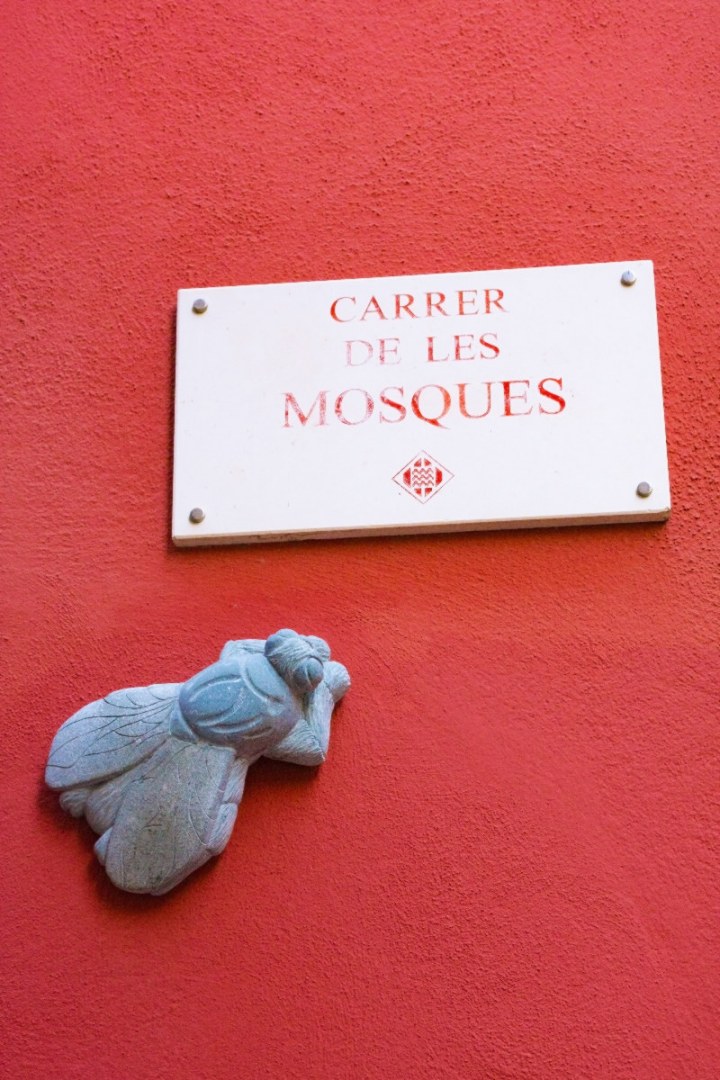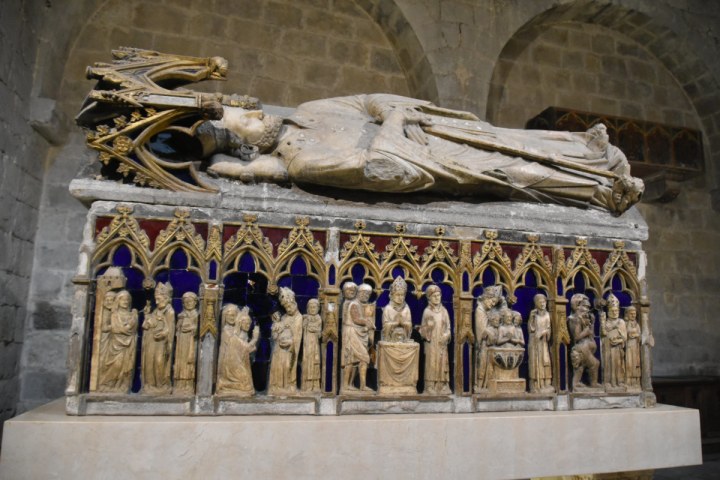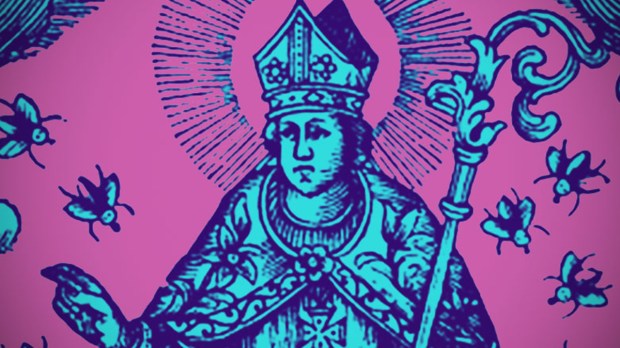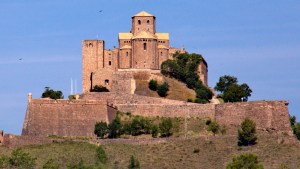There is a city in northern Catalonia that considers flies their cherished, beloved “pets.” And the reason has to do with a miracle attributed to their patron saint, Sant Narcís.
Girona is located at the point where the rivers Ter, Onyar, Galligants, and Güell meet. Its strategic location (just a few miles from the Pyrenees, the mountain range that defines the natural border between Spain and France) has been at a time its curse and its blessing.
Throughout its history, the city has undergone 25 sieges and has been captured at least seven times. All of these sieges and invasions have helped create Girona’s epic history, although separating legend from truth is often difficult. Much care has been taken to preserve its rich heritage, and the city has been sensibly rebuilt over and over again. In fact, since much (or most) of the Barri Vell (the “Old Quarter”) has been properly preserved, film productions have used it as a filming location. Fans of Game of Thrones will be glad to know that much of “King’s Landing” is actually Girona’s medieval city.
But if Girona is such an ancient, heroic city that bravely survived and resisted so many invasions, sieges, and occupation why is the local mascot a fly? Certainly, Catalonia’s patron saint, the epic, horse-riding, lance-wielding, dragon-slaying Saint George, could have inspired a nobler favorite animal?

Indeed, if you walk through Girona, you will notice tourist shops are filled with all kinds of fly-shaped souvenirs. Plushies, fridge magnets, enamel pins, you name it. It’s all flies. There are even some stone sculptures of flies attached to the walls of the city that you are supposed to touch if you want to receive a miracle. In sum, gironís love their flies. And with good reason: these otherwise not-so-loved insects once miraculously saved the city from one of its many sieges: that of 1286, ordered by Philip III of France, “the Bold.”
The neighboring French had broken into Girona —something they would do over and over again throughout history, especially during the Napoleonic Wars of the 19th century. As they were pursuing the gironí defenders, they sacked the city, the basilica of Sant Feliu included.
Sant Feliu’s was the main church of Girona before the construction of the noted Girona Cathedral. It was built in honor of Sant Feliu (Felix) de Girona —an African saint martyred in the city in the year 304. Feliu had traveled from Carthage to Iberia accompanied by Saint Cucuphas (Cugat, in Catalan), who was also martyred near Barcelona, where the Benedictine abbey of Sant Cugat del Vallès now stands. Feliu met and befriended Narcissus, who was by then bishop of the city, and ended up his deacon. Whereas the basilica is a remarkable building in itself (it was built from the 12th to the 17th century, so it is both a Romanesque and Gothic structure crowned with a Baroque façade) it is better known for housing the Gothic tomb of Saint Narcissus.
It was in this church where the French made a terrible mistake: that of opening the tomb.

According to at least two different Iberian martyrologies, Narcissus was born in a noble family in Girona in the 4th century, and had to flee, alongside Saint Felix, from what is now Augsburg during the Diocletian persecution. Upon their return to Girona, they were both arrested and martyred. It is only natural, then, that his remains would rest in the church dedicated to his friend, deacon, and companion.
When the French troops that had already begun to sack the church of Sant Feliu tried to desecrate the tomb of Narcissus, it broke open. A swarm of stinging flies emerged from it and chased every single invading soldier not only out of the church, but out of the city as well. The French army fled in disarray, and the city was left in peace.
Since then, Girona has kept both Sant Narcís and his flies as a cherished symbol of the city. In fact, to honor both the saint and the fearless insects that saved it from the invading army, the main festival of the city is celebrated on October 29: the Fires de Sant Narcís (Saint Narcissus’ Fair). It is said that on this date there are more flies buzzing around the city than at any other time of the year. It is also said that, once the fair is over, they do not return in those numbers until the next year.
Saint Narcissus is the patron saint against mosquito bites, too.


